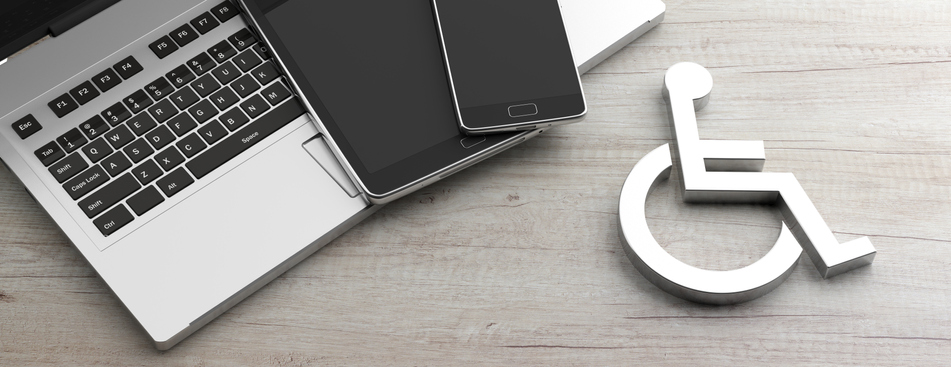Living with Chronic Pain
8 Tips for Working While Dealing With Chronic Pain

3 people found this helpful
Print
Share
Save
Working while dealing with chronic pain can be challenging. Certain work tasks can increase pain, which may decrease productivity and impact work performance. However, the ability to maintain employment provides several benefits beyond a regular paycheck, including valuable social interactions and increased self-esteem. Many individuals with chronic pain continue to work for these reasons by utilizing different tools, tips, and techniques to minimize pain and maintain productivity.
Eight tips for working while dealing with chronic pain include the following:
- Schedule work tasks strategically. Chronic pain is unpredictable; pain and fatigue often fluctuate in severity. Activity planning can help minimize the effect of chronic pain on productivity. High-priority tasks should be planned for times when pain levels are typically low. Tasks that do not have an imminent deadline can be done during times when pain is high or energy is low. Dividing large tasks into smaller tasks and spreading them out over time can also be beneficial.
- Take breaks. Taking a few minutes throughout the workday to stretch, walk or meditate can help reduce pain.
- Wear proper clothing. Offices and other workspaces are often cold. This can tighten the muscles and cause shivering, which can increase pain. Dressing in layers or keeping a sweater on hand can help. In addition, individuals who stand or walk for a majority of the workday should wear supportive, comfortable shoes.
- Keep heat on hand. Heating pads or disposable heat patches can be applied to painful areas of the body to provide short-term relief. These tools can often be used at the workspace while maintaining productivity.
- Keep medications at work. Individuals who take pain medications during the workday should keep the medications on their person or at their workspace in a secure location.
- Ask for accommodations. Employers must provide reasonable workplace accommodations for individuals with disabilities, including chronic pain conditions. Accommodations such as flexible work hours, remote work options, and ergonomically correct workspaces can help with pain and allow the employee to maintain productivity.
- Communicate with coworkers. While it is not necessary to tell coworkers about personal health issues, it can be helpful. Open communication about chronic pain in the workplace may help coworkers understand why certain workplace accommodations, such as regular breaks or flexible hours, are provided. In addition, when coworkers are aware of an individual’s chronic pain, they may be more willing to help with work tasks when needed.
- Seek assistance from an occupational therapist. An occupational therapist can provide valuable coping skills or exercises to help make work more comfortable.


















